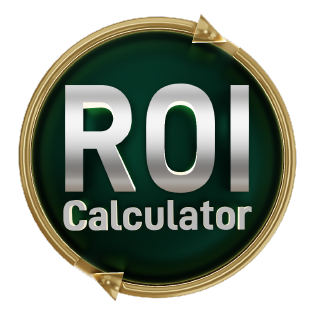TL;DR
Don’t move every record. Prioritise only the historical data that answers today’s business questions. Use a 24–36-month “full history” window, archive older records in a compressed format, automate deduplication, and always validate with a pilot batch before migrating fully. This approach keeps your HubSpot environment clean, fast, and aligned with current reporting needs.
When teams plan a Salesforce to HubSpot migration, the biggest challenge is deciding how much historical data is truly needed. Leaders often assume that carrying everything forward will help maintain continuity, but this approach usually slows systems, increases costs, and delays adoption. A focused migration keeps your CRM clean, fast, and aligned with current business needs. It also ensures users trust the reports and workflows from day one. By making selective choices upfront, companies avoid unnecessary complexity and gain clarity far sooner.
What Data Should You Move Into HubSpot?
A CRM must support today’s sales, marketing, and service decisions, so only records that answer those questions should move. This includes active contacts, recent deals, and the activity history that contributes to forecasting, churn analysis, and revenue planning. Everything else should be archived safely so you maintain compliance without reducing performance. The right scope also prevents rework later, as teams are less likely to request repeat imports.
Why Does This Choice Matter for Leaders?
For CEOs and CFOs, every additional gigabyte adds cost and slows time-to-value. For CTOs and technical leads, excess data increases mapping, deduplication, and clean-up effort. For users, cluttered records reduce trust in the CRM. A clear boundary between what moves and what stays behind helps maintain accuracy, accelerate adoption, and strengthen reporting reliability.
How Should You Decide What to Import (and What to Archive)?
1. Define the business questions
Start by listing the metrics the organisation relies on, such as forecast accuracy, churn trends, revenue cycles, or customer lifetime value. Move only the records that directly support these insights. Anything that doesn’t influence decision-making belongs in an archive.
2. Segment data by recency and value
Prioritise complete records from the past 24-36 months, as these drive current performance tracking. Older records rarely contribute to daily operations, so keep only summary fields like deal value, closed dates, and statuses. This keeps the HubSpot data import lean without losing context.
3. Map only the objects and fields that are in use
Run a field-usage analysis in Salesforce before starting the migration. Move only the objects, custom fields, and properties tied to active reporting and workflows. Avoid migrating deprecated fields or objects that no longer support business activity.
4. Choose activity depth based on account importance
For strategic accounts, bring a full email, meeting, and call history to preserve continuity. For others, summary metrics, such as “last contacted date” or “total meetings,” provide enough insight. This keeps history meaningful without overloading the system.
5. Clean and enrich before migrating
Remove duplicates, standardise formats, and enrich with firmographic details wherever needed. Clean data increases adoption and reduces time spent correcting records once teams start using HubSpot.
6. Pilot with a small batch and validate
Test with 500–2000 records to confirm mapping accuracy, automation triggers, and reporting behaviour. Adjust the scope before running the main migration. Fixing issues early saves time and avoids unnecessary rework.
Takeaways
- Move only the records that support current business decisions.
- Use a 24–36-month full-history window and archive older data in a compressed, queryable storage.
- Clean and deduplicate before migrating to protect reporting accuracy.
- Pilot early and adjust before doing a full migration.
- Consult experts to balance performance, cost, and compliance.
FAQs
How much historical data should we migrate?
Most organisations migrate 24–36 months of data because it supports active decision-making. Older data can be archived without affecting reporting quality.
Will leaving data behind affect reporting accuracy?
No. If you retain key summary fields like deal values, closed dates, and statuses. HubSpot reports remain reliable even without a detailed activity history.
How should we store historical data that we don’t migrate?
Use a compressed, queryable archive such as a cloud data warehouse or CSV repository. This protects compliance and keeps records accessible when needed.
Should we migrate communication history for every contact?
Not always. Keep full history only for strategic or ongoing accounts. Summary activity metrics are enough for the rest.
Can HubSpot remove duplicates automatically?
Yes. HubSpot deduplicates using email, company domain, and record IDs. Middleware tools can provide deeper matching if required.
What happens if we import everything?
You increase storage costs, slow down reporting, and make the CRM harder to adopt. Teams spend more time cleaning than using the system.


